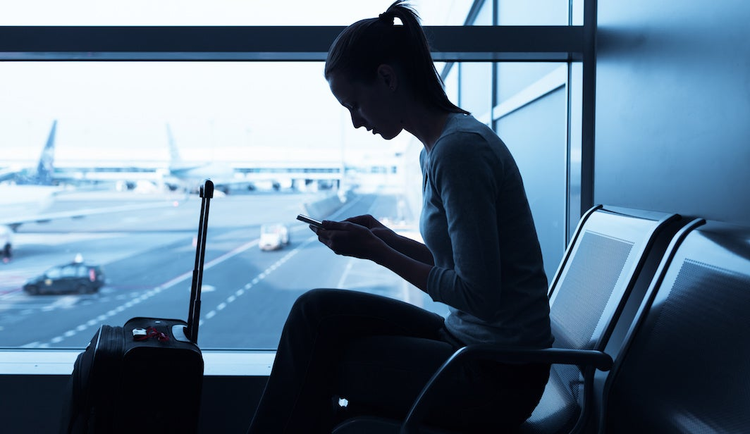Aah, getting away from it all. Those lazy, crazy days of summer, when you can tune out the work-a-day world to feel restored and refreshed—not.
Aah, getting away from it all. Those lazy, crazy days of summer, when you can tune out the work-a-day world to feel restored and refreshed—not. Today, mobile devices and ubiquitous Wi-Fi mean that travelers are still very much connected to life back home and around the globe. What’s more, vacationers aren’t just using mobile devices to find the best ice cream shop or cheesesteak place—they are booking their travel and reservations via mobile as well.
“The really big shift is how mobile complements the physical travel experience,” said Matt Asay, VP of mobile at Adobe (CMO.com’s parent company). “Today, if I am sitting waiting for my flight at the gate and want check to see where I am on the upgrade list, I don’t need to hover around the departure gate asking the employees for an update. I can check it out on mobile, so it makes my travel experience better.”
The best brands, he said, are looking to complement the physical travel experience with mobile data to give travelers the information they need, when they need it. “Little things like flight delay or gate change notifications, that is where we will see the big transformation in travel,” Asay said. “Brands need to be thinking about how to make the overall travel experience richer and better.”
The following stats demonstrate how mobile is shifting the way today’s travelers rely on mobile technology.
- In December 2015, for the very first time, consumers started using mobile devices (phones and tablets) more for travel browsing than desktop.
- Thirty-five percent of consumers say they use their mobile device more on vacation than they do at home.
- As of May 2016, mobile accounts for 52% of travel-related browsing. This is the first summer season where the majority of digital travel interactions are happening through a mobile device.
- Phones and tablets represent only 21% of travel sales, despite seeing 52% of browsing.
- Thirty-one percent of consumers will search for their next trip from a mobile device.
- When slicing the data for tablet vs. mobile phone travel-related browsing, phones overtook tablets for the first time in April 2015.
- When looking at share of visits to travel sites, 41% comes from a mobile phone and 10.1% from a tablet.
- Travelers consider their smartphones to be the single most indispensable item they carry with them when they travel, ahead of their toothbrush, deodorant, and driver’s license.
- Conversion on desktop is twice that of tablets and three times that of smartphones.
- Consumers are not satisfied with the current state of mobile travel. Only 44% of respondents report satisfaction with mobile apps (48% for the mobile web).
- Ninety-seven percent of Millennials use mobile to share pictures while traveling (Facebook, Instagram, WhatsApp, Snapchat, etc.)
- Simplification of tasks is cited as the most important factor in the mobile travel experience (65%), while having a more personalized experience is cited as important to heavy mobile users and young travelers (30% of Millennials; 34% of Gen X).
- Heavy mobile users are also open to new travel-related technologies, with 77% reporting satisfaction with keyless hotel entry.
- Almost three-quarters (72%) of “connected travelers” use their smartphones to look for restaurants while on vacation.
- In the past year, conversion rates have grown 88% on mobile travel sites.
“What’s interesting is that while consumers are increasingly relying on mobile devices for their travel-related browsing, conversion, while growing, is still low on mobile,” Asay said. “And this isn’t true for just travel companies; it’s something we’re seeing across the board. People are still iffy about transacting on mobile.”
The issue, he added, is that companies continue to focus on replicating the desktop experience for mobile. “The brands that have been super successful in mobile have really taken a mobile-first mindset to their apps and site,” Asay said. “They know where users are, entering payment information is a breeze, and everything is taken care of for the user. The fact is that most companies are still struggling with how to make the mobile user experience easier. Once that happens, transactions will become more commonplace on mobile.”
